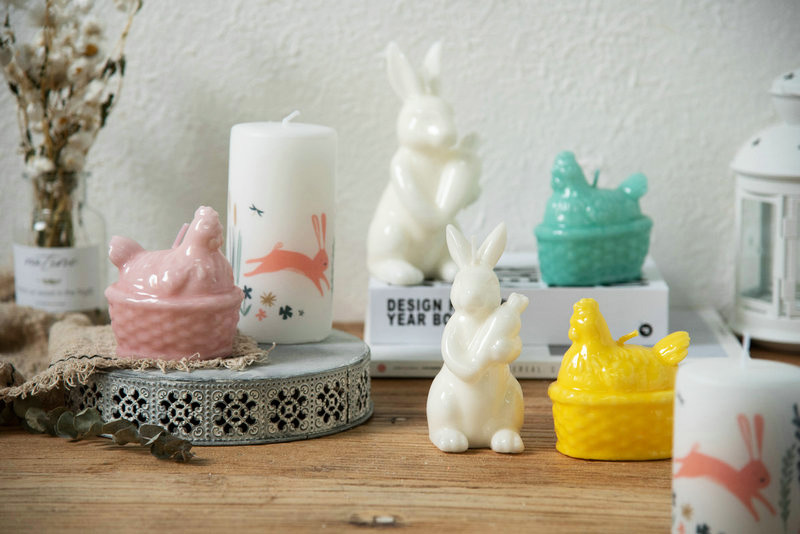Safety Tips For Your Everyday Candle
An everyday candle is a container or holder filled with […]
An everyday candle is a container or holder filled with wax, and often with a wick inserted into it. These containers are usually made of glass and have an outside tight jar or tube so that the candle can be poured into, held in place by a lid, and then taken out of the tube for it to burn. There are many different types of everyday candle, depending on the maker. If you were to break open one of these containers today, you would find wax in it - that's what makes it a candle. And, yes, there are dangers involved with using any kind of candle, whether it's made from paraffin, gel, soy, or other animal fats or greases.
Even though they look benign enough, candles can still do some damage if they catch on fire or if their wicks somehow melt down. This may sound worrying, but there are actually ways to keep your candle light burning indefinitely without any safety concerns at all. There are three main things you can do to prevent fire and injury when using candles. They include having a fire extinguisher or fireproof container around your home, never touching the flame with your bare hands, and never leaving the room until your candle has completely burned out. If you are wondering whether a candle light may catch on fire, you may be glad to know that it is quite likely that it could.
As mentioned above, most everyday candles are made from paraffin or gel. Paraffin is the cheapest and safest of the candle materials, as it doesn't catch on fire easily, even when there is no oxygen in the surrounding air. Gel is not only cheaper than paraffin but also safer, as it does not catch on fire easily. However, gel candles do give off noxious fumes which may be highly unpleasant for your lungs, depending upon the amount you use and the duration over which they are burned. Of course, this is true of any type of candle, not just those made from gel.

Of course, all of this safety information should be carefully considered before you light any candle, no matter how safe they appear to be. Do not light a candle if you have a history of backaches, high blood pressure, asthma, or other medical conditions. These conditions can be aggravated by the residue which can be left on a candle after it has been lit.
Even if you do not have such a condition, you should avoid lighting any candle with the lights on, especially ones with wicks which may catch fire. Candles must always be placed out of reach of children, even when you intend to leave them at home to perform their nightly routine of reading. A child may find a candle attractive and inadvertently touch it to their mouth, inhaling the wax and burning themselves. Children may also try to climb up the chimney to retrieve a lost candle, leaving a potentially dangerous situation for your home and everyone in it.
Finally, if you are buying a new candle, make sure that it has a removable wick, so that you can be sure that it will not catch fire as soon as it is lighted. It would also be wise to inspect the wick periodically to ensure that it is not damaged or broken. If you have a fireplace, use caution around it. Fireplace candles can easily catch fire from stray paper, and in extremely cold weather they can be easily snuffed out by wind and ice. Remember that safety precautions must be taken at all times, and you should follow the manufacturer's instructions for safety and care.

 ENG
ENG  España
España русский
русский